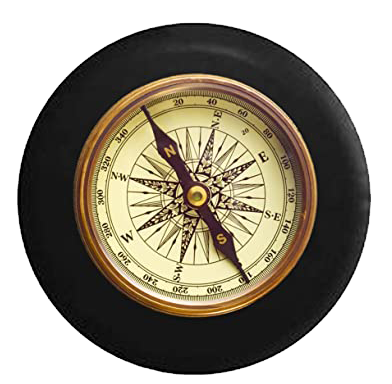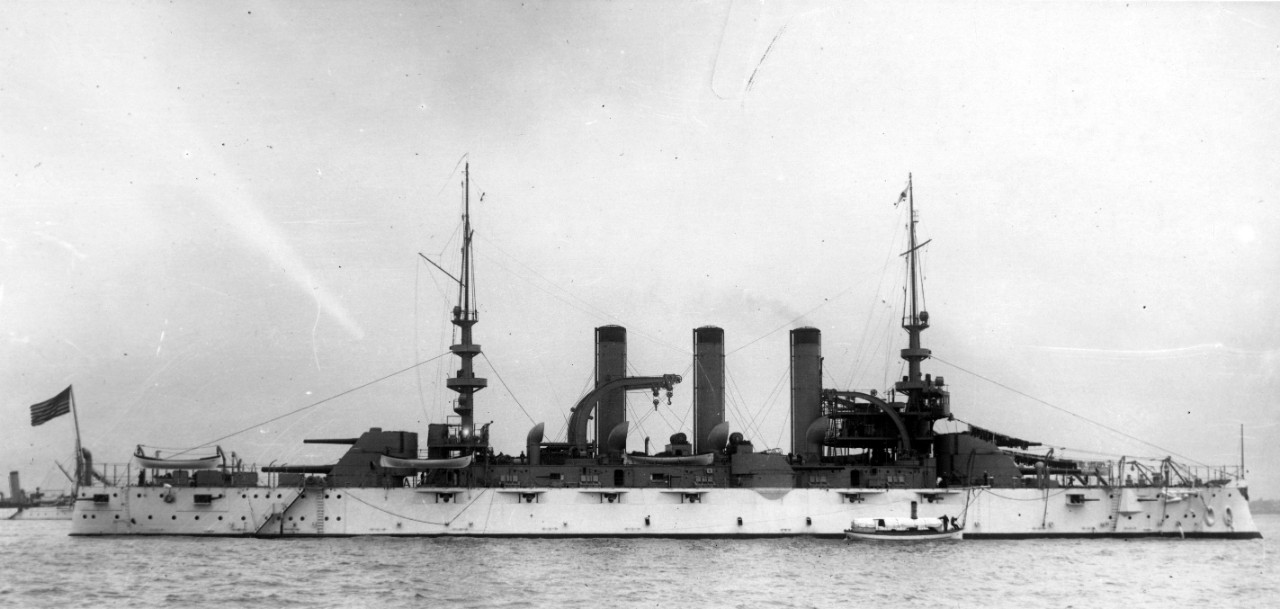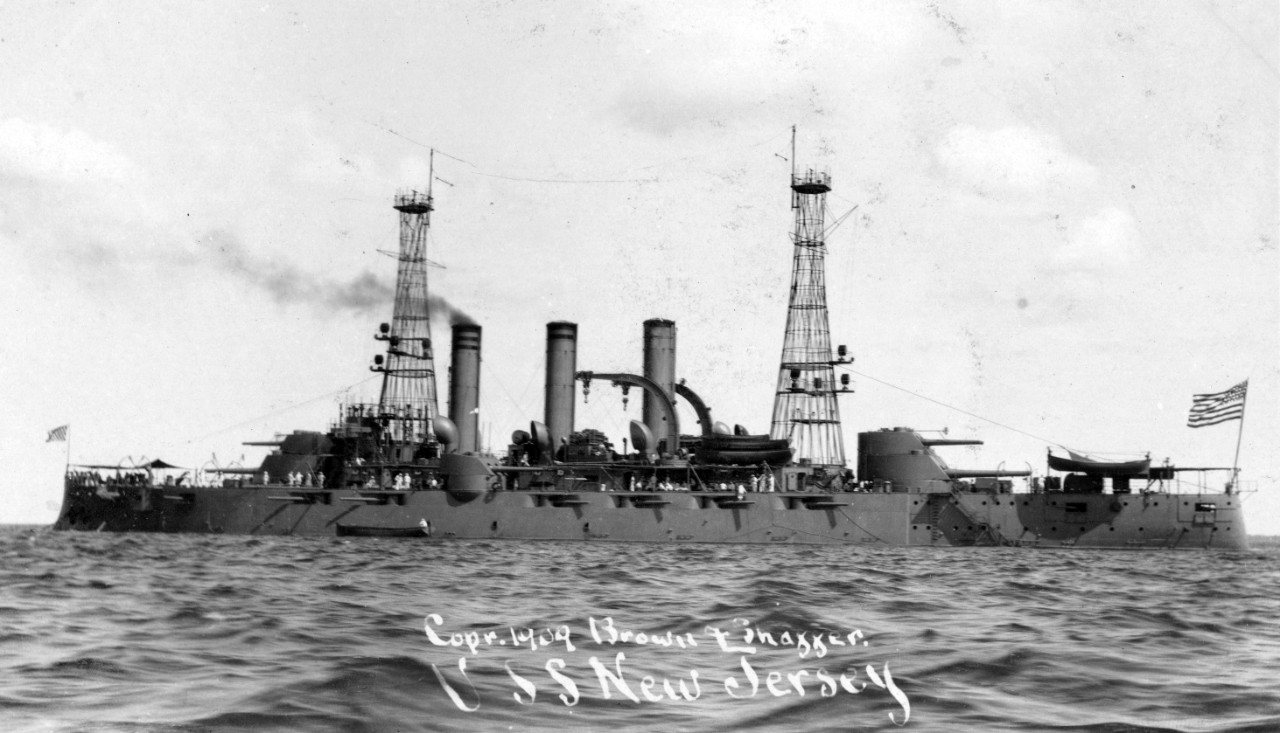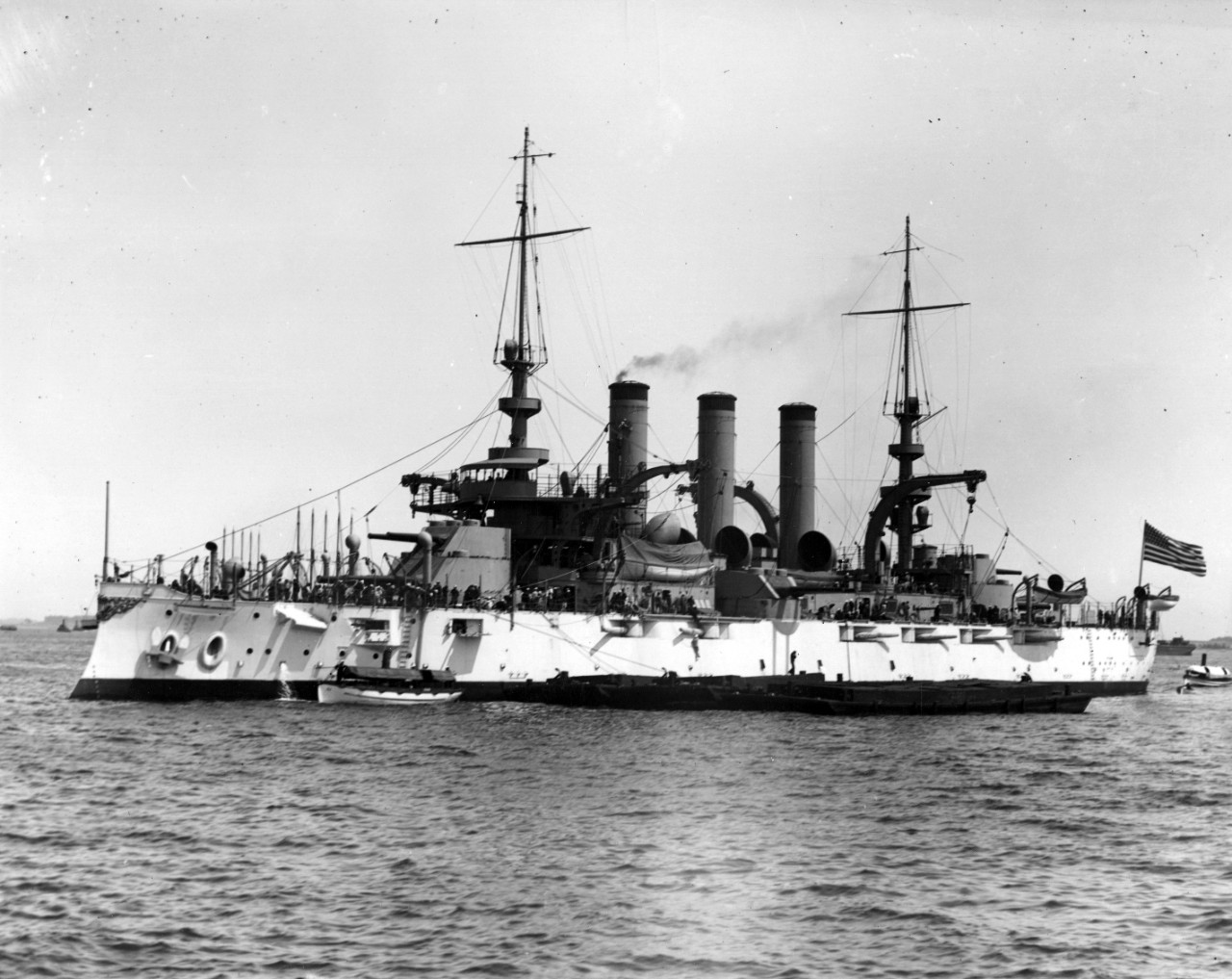
USS New Jersey (BB-16) photographed in 1906-07 with a steam launch and coal barges alongside. Photo courtesy of U.S. National Archives.
The Sinking of the USS New Jersey:
The USS New Jersey (BB-16) was a Virginia-class battleship. The Virginia-class battleships were built by the U.S. Navy in the early 1900s. There were five ships built in this class (Virginia, Nebraska, Georgia, New Jersey, and Rhode Island). The ships were equipped with four 12-inch (305 mm) and eight 8-inch (203 mm) guns. Four of the 8-inch guns were placed atop the 12-inch turrets. This arrangement became a problem in that the 8-inch guns couldn't be fired independently of the 12-inch guns without interfering with them. Another problem was by the time these ships were built they were nearly obsolete compared to the big-gun battleships.
The New Jersey years of service were spent as a part of the Atlantic Fleet. The Atlantic Fleet was established by President Teddy Roosevelt in 1906. It was established to protect newly acquired Caribbean bases as a result of the Spanish-American War. In 1907 it was a part of the Jamestown Exposition (a world's fair) It was held from April 26 to December 1, 1907, at Sewell's Point on Hampton Roads in Norfolk Virginia. The New Jersey was on display at the Exposition in April and May 1907.
At the end of 1907, she joined the Great White Fleet. A fleet that completed a journey around the world from December 16, 1907 to February 22, 1909. The goal of this fleet was to make a friendly visit to a number of countries. At the same time, it showed the world the power of the U.S. Navy. It took its name from the hulls of all the ships being painted white. Upon its return, it spent the next five years conducting peacetime training.
In April 1914, it took part in the occupation of Veracruz during the Mexican Revolution. As WW I began, it was used as a training ship. Once the war ended it was used to transport American soldiers back from Europe. By 1920, New Jersey was decommissioned and allocated for weapons tests conducted by the U.S. Army Air Service. The battleship joined her sister ship, Virginia, and another older battleship, Alabama for target practice. On September 5, 1923, Martin NBS-1 bombers from the 2nd Bombardment Group began bombing tests on New Jersey. The testing took place off Diamond Shoals, North Carolina while observers about the Army transport ship St. Mihiel looked on.
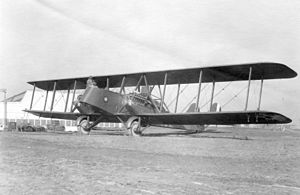 Martin_MB-1 Bomber
Martin_MB-1 Bomber
Four NBS-1s attacked New Jersey with 600-pound bombs from 10,000 feet above. They were successful with four hits and several near misses. The hits resulted in significant flooding to New Jersey. The next attack using 2000-pound bombs at 6,000 feet of which seven bombs landed close to the ship. At this stage, the ship had flooded up to the gun ports. Two more attacks followed this attack with two 1,100-pound bombs from each plane. The first two bombs missed their target but the third was a direct hit. The third hit resulted in a huge explosion and New Jersey capsized and sank in 24 minutes after this third strike. Thus ending the career of this Virginia-class battleship.
THE SHIP'S SPECIFICS:
| Built: May 1902 | Sunk: September 5, 1923 |
| Type of Vessel: Virginia-class Battleship | Owner: U.S. Navy |
| Builder: Fore River Shipbuilding Co., Quincy, MA | Power: 2x triple-expansion steam engines |
| Port of registry: | Dimensions: 441.3' x 76.3' x 23.9' |
| Previous Names: |
LOCATION OF THE SINKING:
Here is the location of the sinking: Diamond Shoals, North Carolina
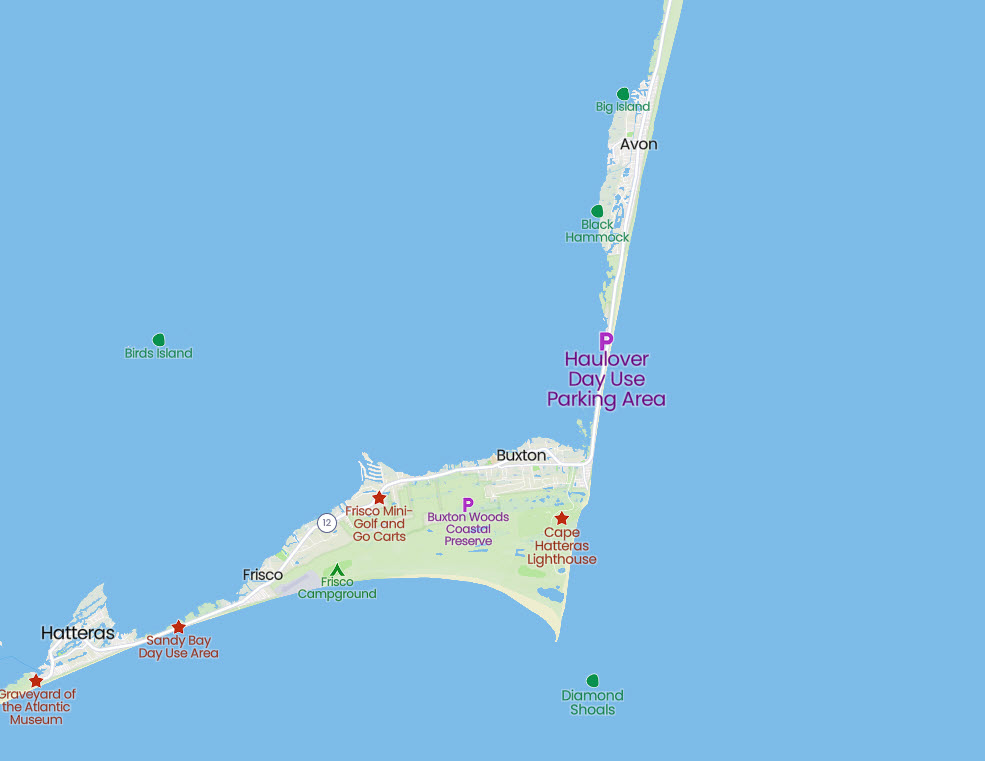
Additional Photos of USS New Jersey:
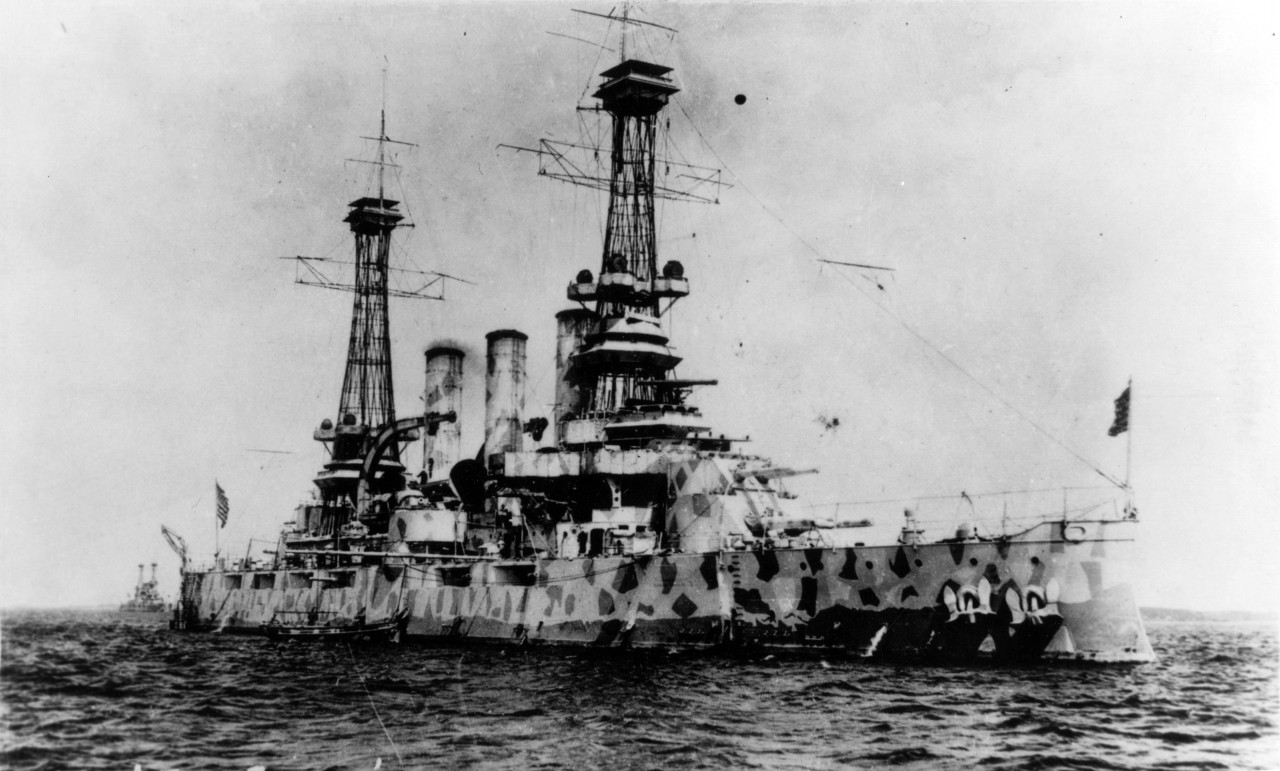
Wearing camouflage paint, circa 1918. Photo courtesy of Jack Howland, 1985. |
|
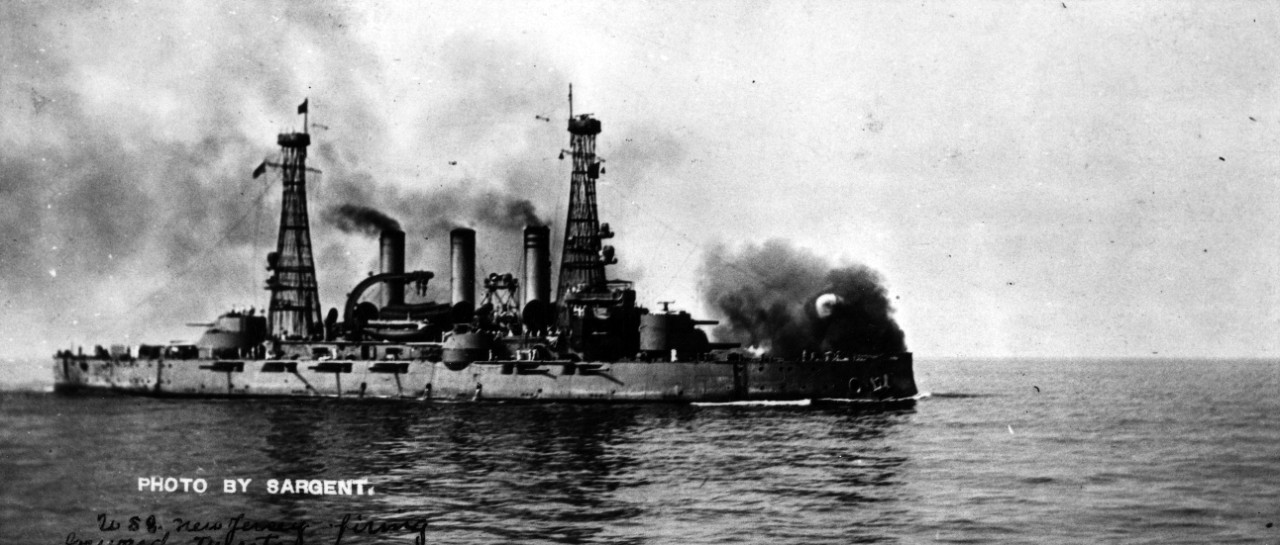
Firing her forward turret's guns during short-range gunnery practice, circa 1913. Photo courtesy of Commander John Condon, 1986. |
|
